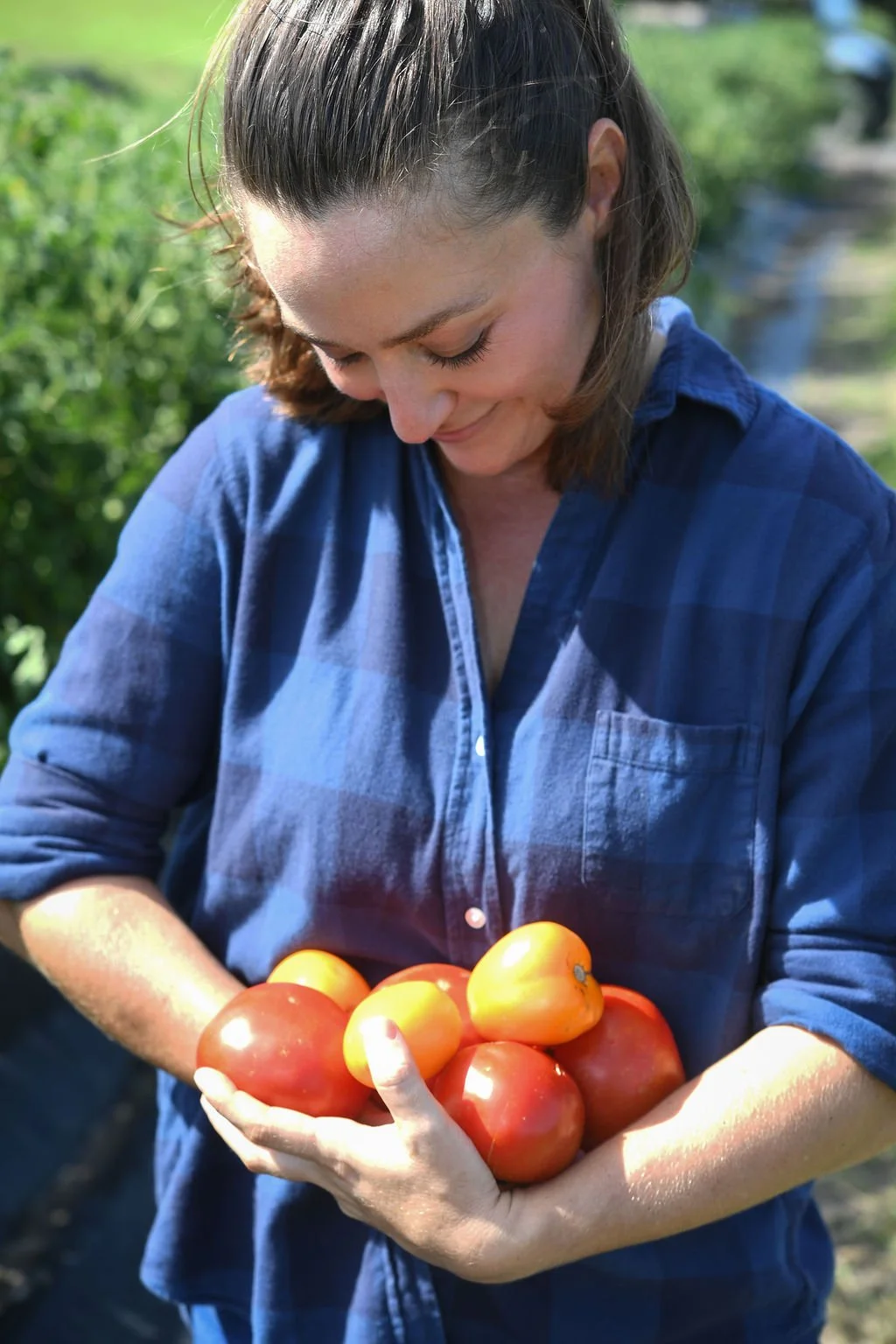My story
I never really planned on becoming a farmer. After graduating with a degree in biology, I worked in biotech and bench research for eight years before creating Pure Land Farm with my Dad in 2012 (please don’t use this to calculate my age). No, he wasn’t a farmer either, but an engineer - fortunately, one scientist plus one engineer makes about one decent farmer.
I may not have started out as a farmer, but I’ve always been a foodie. My Dad’s work took us overseas for most of my childhood, where I was exposed to cultures and flavors that deeply shaped my worldview and tastes. I remember visiting a family friend’s cherry orchard outside of Damascus when I was 8 or 9 years old and thinking, this is the most wonderful place I’ve ever seen. Evening walks through open air markets in Southeast Asia are burned into my sense memory - I can still taste the sweet chicken satay we would grab from street vendors at the end of a late night in Bangkok, each skewer topped with one little charred nub of pineapple.
Needless to say, the food was one of my biggest motivations for becoming a farmer. Pure Land began operations as many market gardens do, selling at farmers markets and to small wholesale accounts like locally owned restaurants and grocery stores. But we learned pretty quickly that fruits and vegetables are labor-intensive, and two people was just not enough labor to take a significant volume of produce through the entire workflow of growing, harvesting, prepping for market, and selling or delivering. After five years without a profit, we were ready to throw in the towel.
On a whim, we planted 600 blackberry canes to let the public come to our farm to pick while we continued taking everything else to market, and this is where the magic began. The very first guests that stepped onto the farm asked when the other crops would be available to pick, something we hadn’t even considered… eight years and over 30,000 visitors later, the rest is history.
Dad and I watched our profits more than triple while our growing season halved, but that wasn’t even the best part - it was watching a true community form around our little farm, people that now feel like family. We’ve been there for first dates, proposals, due dates, and first family outings. They bring their new neighbors and out of town guests to see the farm. They share fresh brioche, still warm from their ovens, and homemade vanilla extract. One Picker brought me a mango she carried back to Texas from her grandmother’s tree in Florida, just so I could taste it. In our fields, you hear multiple languages and see every skin tone, all brought together by our common love of food and land. I can’t describe how special it is.
Growing food is never easy, and growing it in ways that heal and regenerate our environment can be hard as hell, especially for growers accustomed to using synthetic fertilizers, pesticides, and herbicides. But these degenerative practices are incredibly damaging to ecosystems, and it’s essential that we abandon them in favor of those that are regenerative, like diversified cover crops, minimizing tillage, and keeping soil covered. These practices foster robust, living soil and preserve biodiversity, ultimately resulting in better tasting, more nutritious food and a healthier environment, which I believe we have a duty to provide for our children.
How do you get access to the best tasting, most nutritious, freshest food? You can grow it yourself, or get on a first-name basis with someone who does. Farmer Meg and Farmer Jack have become those names to thousands of people every summer, and I want to help you become that person in your community too. I deeply believe that inviting the public to participate in the process of growing food is the key to building consumer demand to change our broken food system. We can feed the world and save the planet if we band together. Grab yer pitchfork - let’s go!
Photography by Christie Connell


